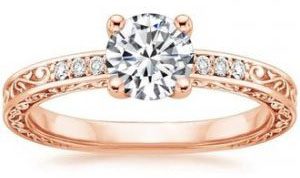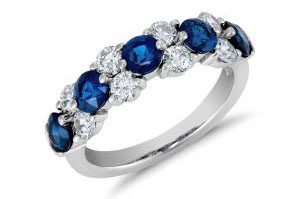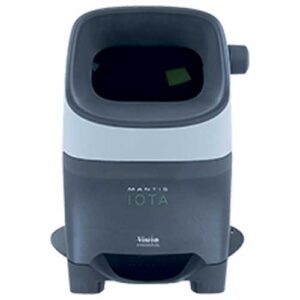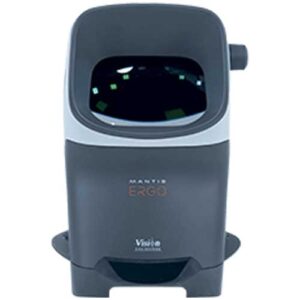Application examples
- Stone setting
- Jewellery making
- Gemstone appraisals
- Diamond grading
Key points
- Inspection
- Quality
- Jewellery making
Jewellery is an investment and a sign of wealth across many cultures around the world from Western cultures all the way to Asia. Its significance plays a role in status and in some cultures a benchmark for milestones and symbolic in meaning of love and commitment.

It is for these reasons jewellery is important in all of our lives and is manufactured all around the world. It’s expensive alloys and precious stones warrants delicate hand assembly, which can only be employed using magnification such as the Mantis stereo microscope.
Magnification is utilised for a wide range of tasks from inspection through to assembly, polishing and even repair. Hand crafted jewellery requires soldering of shanks and settings, and the closure of the claws to encase the precious stones.
Gemstones
Gemstones are very valuable and usually change hands ten times before they are eventually sold in high street shops or exclusive designer boutiques.There is no surprise that gemstones are often forged or treated to such an extent they are inclusion free, but with the compromise of the stone no longer in its natural state.The Mantis inspection microscope is used to inspect for inclusions, colour and contrast, but also as an aid of identifying stones that are overly heated and treated.
Certain gemstones such as Tanzanites and blue diamonds can be distinguished from their simulated counterparts by inspecting them with UV illumination to identify authenticity by their characteristic inclusions etc.

Gemstones often require magnification when they are set and the Mantis eyepieceless microscope with its long working distance is ideal for setting stones into their claws.
Repairs and soldering such as resizing of rings can be conducted easily with the Mantis Elite with its quick interchangeable turret, enabling the user to switch quickly between two different magnification objective lenses.
Precious artefact restoration
Restoration of precious artefacts also requires magnification with the intricate work and often high value materials involved. As they are historical, materials often include tortoiseshell and ivory which are restricted by in trade by law and so restoration of existing material is highly significant and costly. For this reason magnification is used at each stage to minimise errors.
Engraving is also often carried out using the Mantis stereo microscope.
Fine art paintings are also usually repaired and cleaned using magnification and microscopes such as the Mantis Elite. The cold LEDs play a pivotal role because they allow artists and technicians to restore finer works without the heat having an impact on the items.
Mantis is ideal for this application because the UV illumination helps to identify the chemical composition of newer paint usually including synthetic materials which show up on the canvas if illuminated by UV. Stand options such as the floor stand make it easier for the restorers to work on the paintings.
Advantages of using Mantis for jewellery applications
The Mantis stereo microscope bridges the gap between the bench magnifier and the microscope.Its ergonomic viewing head provides magnification as a viewer rather than binocular pieces, such as on a traditional microscope.
Ergonomically designed, the Mantis enables jewellery craftsman to work accurately for longer because eye strain and fatigue are minimised by the viewing head.
Other benefits include a large depth of field, so both the top and the bottom of the piece can be viewed at the same time; the field of view so most of the width of the piece can be viewed at the same time; and a large working distance, enabling equipment to be utilised under magnification such as solder irons and pliers.
-
Eyepiece-less Stereo Microscopes
Mantis IOTA
-
Eyepiece-less Stereo Microscopes
Mantis ERGO


